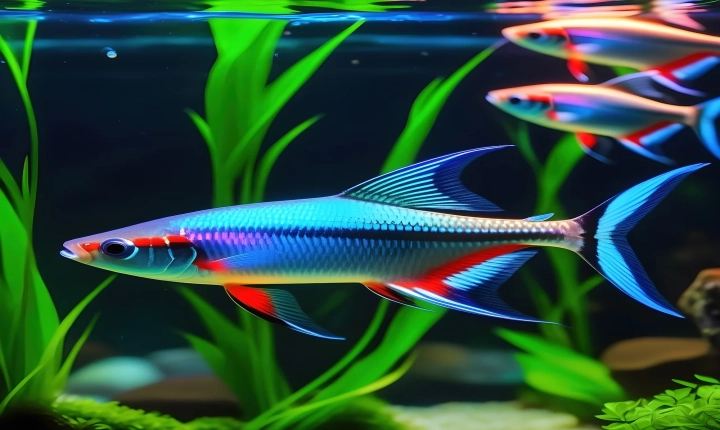Artificial intelligence has made significant advancements in recent years, transforming various industries in the process. Among the many areas in which AI has begun to play a significant role, one of the most intriguing is in the field of artwork creation. AI-generated artwork has garnered attention for its ability to produce stunning and thought-provoking pieces, raising questions about the role of creativity and the relationship between human and machine.
So, how does AI artwork actually work? At the core of AI artwork creation is the use of deep learning algorithms, which enable machines to analyze and learn from vast amounts of data. These algorithms are trained on extensive datasets containing examples of human-created art, allowing the AI to develop an understanding of different artistic styles, techniques, and compositions.
One of the most common approaches to AI artwork creation is through the use of generative adversarial networks (GANs). GANs consist of two neural networks – a generator and a discriminator – that work in tandem to produce new, original artwork. The generator creates new images, while the discriminator evaluates these images against the training data to determine their authenticity. Through a process of constant feedback and refinement, GANs are able to produce increasingly realistic and compelling artwork.
Another method used in AI artwork creation is style transfer, which involves applying the visual style of one image to another. By leveraging convolutional neural networks (CNNs), AI can analyze the visual features of a particular style and apply them to a given image, effectively transforming it into a new piece of artwork with the desired aesthetic.
While AI-generated artwork has demonstrated impressive capabilities, it raises important questions about the nature of creativity and the role of the artist. Critics argue that AI-produced art lacks the emotional depth and intentionality that human-created art embodies. However, proponents of AI artwork argue that these pieces offer a new perspective on creativity, challenging our traditional notions of what it means to be an artist.
Furthermore, AI artwork has the potential to democratize the art world by providing a platform for anyone to express their creativity, regardless of their technical skill or training. By offering a new way to collaborate with machines, AI-generated artwork opens up new channels for artistic expression and exploration.
As AI artwork continues to evolve, it presents a unique opportunity for artists and technologists to work together in new and innovative ways. By embracing the capabilities of AI, artists can push the boundaries of their creative practice and explore new possibilities for artistic expression. Additionally, the development of AI-generated artwork has the potential to inspire new conversations about the intersection of technology and art, as well as the nature of creativity itself.
In conclusion, the emergence of AI-generated artwork represents a fascinating development in the field of art and technology. By leveraging advanced machine learning algorithms, AI has the ability to produce compelling and thought-provoking pieces of art. While questions about the role of the artist and the nature of creativity persist, AI artwork offers a new lens through which we can explore the possibilities of human-machine collaboration. As technology continues to advance, the realm of AI artwork promises to be an exciting and transformative space for artistic innovation.
